
Have you or your leaders become stuck or complacent?
Are you planning to do, more or less, the same thing you did last year for your year-end annual fundraising push?
I mean things like:
- Recycling the same appeal letter
- Mailing to the same list
- Failing to segment your list
- Failing to clean up addresses and de-dupe your list
- Using the same donation landing page
- Mailing only one appeal letter
- Sending only one or two emails
- Failing to link to your appeal on social media
- Failing to ask your influencers to share with their peers
- Failing to actively encourage recurring gifts
- Failing to suggest specific ask amounts
- Failing to ask major donor prospects in person
- Failing to plan ahead to send a prompt, personal thank you
- Failing to have a donor love & loyalty plan in place to retain your supporters
- … the list goes on!
I was moved to write this article after attending an excellent local production of Stephen Sondheim’s “Sunday in the Park with George.” I found it surprisingly moving, especially the final musical number: “Move on.” And, being me, I was able to relate it to something I find all too common in nonprofit work.
It’s something insidious. Something that kills innovation and inexorably drains spirits.
It’s almost a disease.
I call it ‘Resting on Your Laurels Syndrome.’
And, sadly, it’s contagious.
Failure to Move On
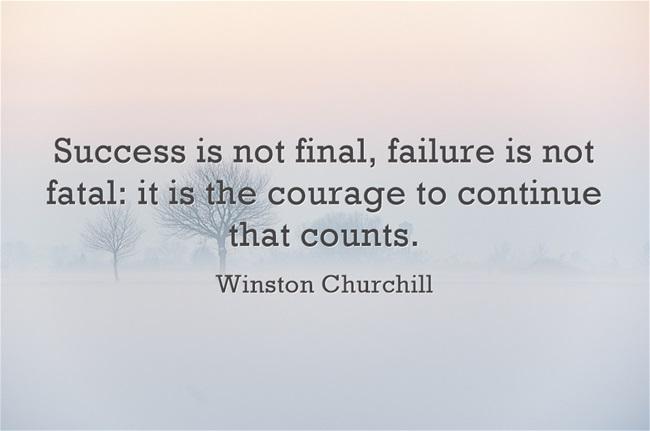 Do you ever find yourself stuck in the past? Have you become complacent? Do you fear taking a risk that might jeopardize your past success? That’s a surefire way backwards, not forwards.
Do you ever find yourself stuck in the past? Have you become complacent? Do you fear taking a risk that might jeopardize your past success? That’s a surefire way backwards, not forwards.
It’s a fact of nature that once we stop growing, we die.
You, and your organization, have to move on. It’s a choice. The choice may be wrong, but not the choosing.
Please allow me to share with you some of Sondheim’s relevant lyrics:
Stop worrying where you’re going-
Move on
If you can know where you’re going
You’ve gone
Just keep moving onI chose, and my world was shaken-
So what?
The choice may have been mistaken,
The choosing was not
You have to move onStop worrying if your vision
Is new
Let others make that decision-
They usually do
You keep moving on— Stephen Sondheim
Embrace the Now
 Sanka was once the “Kleenex” of decaf coffee. So much so that most Americans would ask for “Sanka please” when they wanted decaf at a restaurant. Sanka was so iconic it’s orange color was used to brand coffee pots holding decaf coffee. No more.
Sanka was once the “Kleenex” of decaf coffee. So much so that most Americans would ask for “Sanka please” when they wanted decaf at a restaurant. Sanka was so iconic it’s orange color was used to brand coffee pots holding decaf coffee. No more.
If you’re stuck in the past, you won’t notice new opportunities as they present themselves.
You won’t stop and smell the newest coffee grind, which smells and tastes so much richer than what you’ve been drinking out of a jar that hasn’t changed over the past 40 years. If you happen to be selling that coffee, you’ll fail to appreciate the competition that’s entered your market and how they offer features and benefits more relevant to today’s customers.
Is your nonprofit Sanka?
If so, you’re not making time your friend. The clock is ticking, but if you turn off the sound you won’t hear it.
It’s time to turn up the volume on time so you can use it to your advantage.
Embrace the After Now
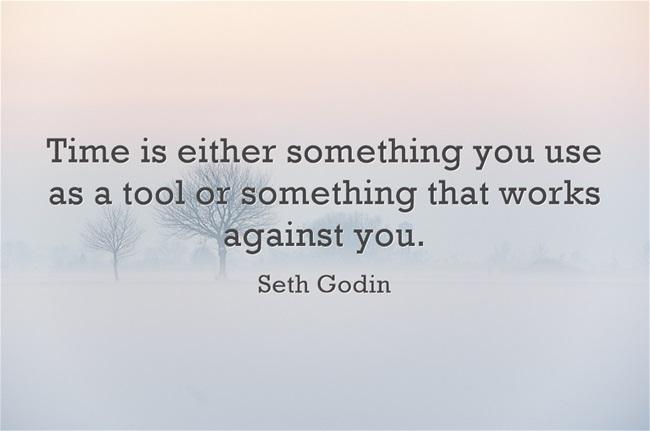 The inimitable author, speaker and entrepreneur for the information age, SethGodin writes provocatively about thinking about the future in After now.
The inimitable author, speaker and entrepreneur for the information age, SethGodin writes provocatively about thinking about the future in After now.
Once you’ve made a choice to change the world, and to make an impact over time, time is either friend of foe.
If you don’t think ahead, the future will nonetheless arrive. Without you. Time keeps moving.
Many of the long-term forecasts we’re seeing today aren’t particularly rosy. But at least we’re having them, now, when we still have a chance to do something.
— Seth Godin
Can you make time be on your side?
No matter what else is going on in the world, you have a responsibility to those who rely on you. Leaders must keep their heads up, open their eyes, consider all the options, and take advantage of time as a tool.
You have a chance to steer your mission towards your vision.
Will you have the courage to grab it?
Don’t Let Fear of Loss Blind You to Opportunity
 One of the psychological drivers of decision making is fear of loss.
One of the psychological drivers of decision making is fear of loss.
Fear of loss weighs heavier than hope of gain.
Psychologist Daniel Kahneman, famous for loss aversion experiments, demonstrated how much people’s economic behavior is guided by a change of reference point. This is also called prospect theory, as in the way we react differently to the prospect of loss vs. the prospect of gain. We would rather choose not to lose over gaining the same thing (BTW: You can use this to your advantage in fundraising appeal writing).
Fear of loss leads to an aversion to take risks.
For example, assume I offer to give you $25. Alternatively, I offer to give you $50, of which you’ll ultimately lose $25. Either way, you wind up with $25. However, most people will choose to receive the straight $25 because a single gain is generally observed as more favorable than initially having more cash and then suffering a loss.
And things only get worse when the outcome is less obviously presented.
Beware the Certainty Effect
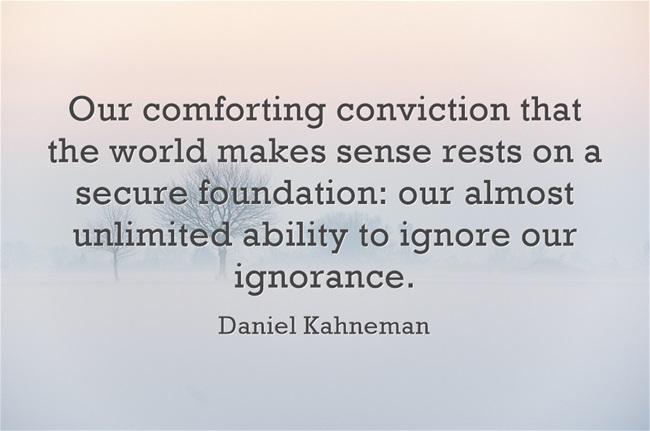 The certainty effect leads to individuals avoiding risk when there is a prospect of a sure gain.
The certainty effect leads to individuals avoiding risk when there is a prospect of a sure gain.
Even though that gain is not enough to meet your needs!
For example, if you know you can gain 30 new donors this year doing what you’ve always done, you’ll likely avoid taking the risk to gain 50 new donors if you might also lose 10. Losing just feels icky — even though you’ll end up ahead of the game.
It’s nutty, but humans don’t always act rationally. Nor do we use common sense.
According to studies by Tversky and Kahneman, the certainty effect is exhibited when people prefer certain outcomes and underweight outcomes that are only probable. Human beings have a preference for absolutes and find it difficult to understand the meaning of different probabilities. To most people, a 40% chance of failure and a 25% chance mean the same: not certain, but somewhat likely.
We would rather eliminate risk entirely than reduce it.
This can lead to poor decision-making.
Ignore Sunk Costs
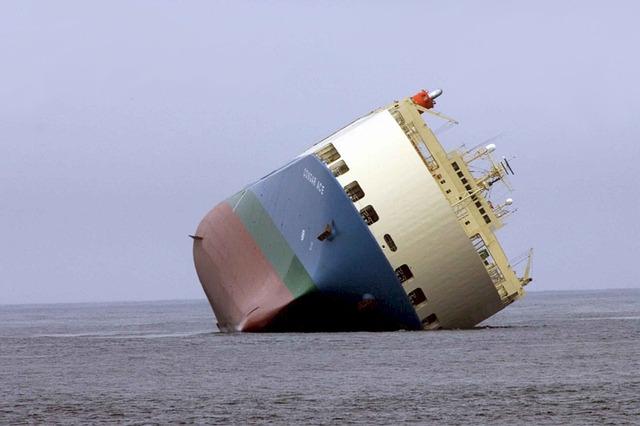 Loss aversion theory relates directly to the business notion of “sunk costs,” of which Seth Godin also writes eloquently. He notes how important it is to ignore such costs when making decisions about the future. See here and here.
Loss aversion theory relates directly to the business notion of “sunk costs,” of which Seth Godin also writes eloquently. He notes how important it is to ignore such costs when making decisions about the future. See here and here.
Past expenses and profits should have nothing to do with future decisions.
Past investments are forever lost. They are irrelevant to the future. As Godin says: “That’s not easy to embrace, but it’s true.”
What might this mean for your nonprofit?
“That’s not the way we’ve always done things” and “We tried it, but it didn’t work” is exactly the wrong approach.
That was then. Whether you spent six months working on a campaign approach, or three weeks, if you suspect it’s unlikely to work moving forward it’s time to cut your losses. Don’t pour more salt on the wound.
And don’t move ahead with a bad idea simply because you invested in it.
You’ll simply be going from bad to worse.
Again, I’m going to share Godin’s words with you (even though he’s talking about artists, this applies universally; we’re all artists of one thing or another):
Part of what it means to be a creative artist is to dive willingly into work that might not work. And the other part, the part that’s just as important, is to openly admit when you’ve gone the wrong direction, and eagerly walk away, even (especially) when it’s personal.
— Seth Godin
Fight these Symptoms
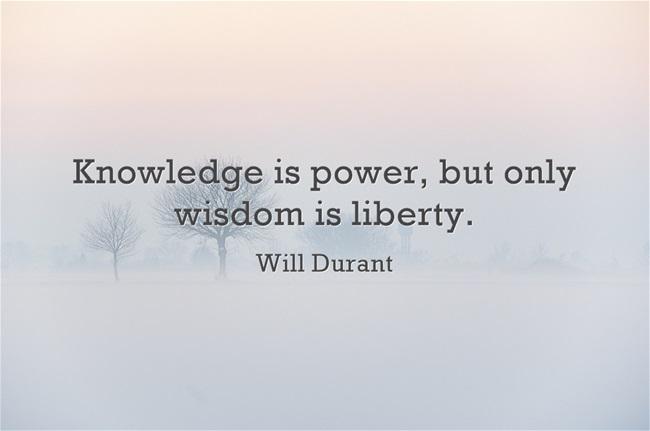 The best way to fight any disease is with knowledge, tempered with wisdom.
The best way to fight any disease is with knowledge, tempered with wisdom.
If any of these warning signs are true for you or your nonprofit leadership, take some time to reflect. You can always bring in a doctor (aka consultant), but why not be the doctor, and heal thyself? Just call out what you see, and maybe give yourself and your team the strength and courage to take the leap!
DO YOU SUFFER FROM ‘RESTING ON LAURELS’ SYNDROME? 8 WARNING SIGNS:
1. Costs over Benefits
Before you consider benefits (e.g., you might gain many new donors), you consider the cost of doing something different (e.g., you’ll have to invest in a direct mail consultant or mail house).
2. Few over Many
Rather than considering the benefits to the many (your staff and volunteers will no longer spend the lion’s share of resources on your time-consuming Gala), you highlight the pain to a few (the board members who love this event will be unhappy).
3. Exaggeration to Cover Fear
You exaggerate how good things are now (e.g., you have plenty of current donors), to reduce your fear of change (e.g., there’s no guarantee we’ll get more donors doing something different).
4. Opinion above Knowledge
You place opinion (yours, a board member’s or a donor’s) above knowledge (that of your experienced staff).
5. Squeakiest Wheel
You pay more attention to the loudest voices (e.g., the three people who complained you sent them too much email) than to the preponderance of evidence (e.g., the 2,000 people who didn’t complain).
6. Short over Long
You focus on short-term costs (you’re stuck in the present) rather than long-term benefits (you can’t imagine the future).
7. Delay to Avoid
You slow down decision making (e.g., “Maybe we’ll try this next year”) to avoid making a mistake (e.g., it’s safer to stick with past practices).
8. Failure to Cut Losses
You decide based on sunk costs (“Gosh, we already invested this much; we might as well go ahead and finish), rather than cutting your losses (“This looks like it was a mistake, regardless of how much we invested.”).
Summary
If one or more of the above symptoms apply to you, take some time to reflect. How might you approach things differently?
In After now Godin writes: “We’re on a journey, not simply at an event.”
Think about where you want to go. Then move on.
Use time to your advantage. As a tool.
Assess your symptoms, make a diagnosis, and move ahead.
The choice may be wrong, but not the choosing.
The past is not as recent as the future.
The present (what you’re doing) is nothing more than a springboard to the future.
Choose wisely, of course.
Want to do year-end fundraising a little differently this year?
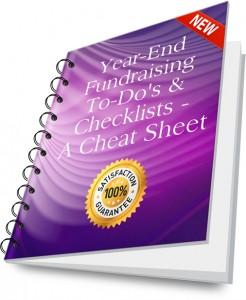
63 pages filled with year-end fundraising tips in this complete Solution Kit
Grab the Year-End Fundraising Solution Kit! It’s filled with “To-Do’s,” Checklist, and all sorts of goodies to help you take charge of your own destiny. It’s a comprehensive road map to effective year-end fundraising. Plus, like all Clairification products, it comes with a 30-day no-questions-asked guarantee.
TIP: If you’re an enrolled Clairification School student, you get a 35% discount. In fact, you get discounts on all my guides and courses, free access to webinars, exclusive monthly tips (just for students!), every single archived article I’ve every written, and much more… so, why the heck not? More than one person has reported to me that this is “the best bargain in fundraising.” So, enroll first; then go buy your year-end checklists and tips.





